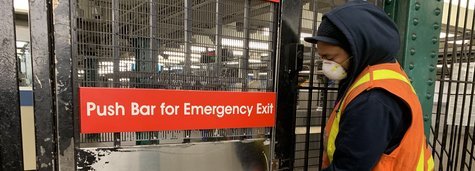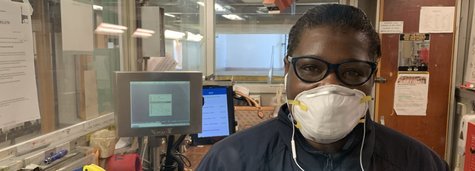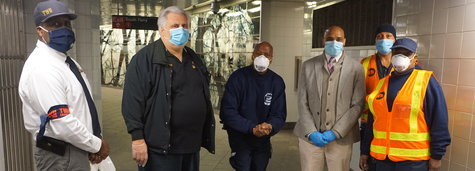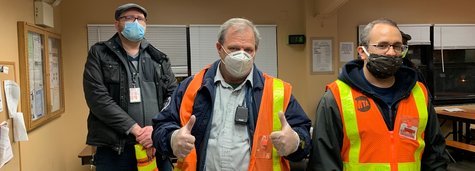After the Climate March
TA Surface Vice President JP Patafio speaks to labor before the march steps off.
The march is over, and it was an unqualified success.
TWU Local 100 got credit in the New York Times for being one of the march organizers.
We made our point: More mass transit means less global warming.
The transition to a renewable energy economy is going to be a tall order. And so far, government leaders are not stepping up, in spite of the rhetoric.
Read an insightful analysis here.
Real money has to be put into transitioning into an energy economy based on renewable, non-polluting methods of power production, like solar, wind, and geothermal. Governments have to create economic incentives to expand and support mass transit and cut down on the use of automobiles. They also have to find alternate employment for people who work in fossil fuel industries like coal mining and create rules and incentives to leave fossil fuels in the ground so they won't be burned and further contribute to global warming.
Why? Global temperatures have been rising steadily since 1900. The EPA reports that Since 1901, the average surface temperature across the contiguous 48 states has risen at an average rate of 0.14°F per decade (1.4°F per century). Average temperatures have risen more quickly since the late 1970s (0.31 to 0.48°F per decade). Seven of the top 10 warmest years on record for the contiguous 48 states have occurred since 1998, and 2012 was the warmest year on record. What does this mean?
The American Association for the Advancement of Science, which is our most authoritative scientific organization, recently put out a statement putting it all into focus. The AAAS says that global warming is caused by humankind's burning of fossil fuels to produce energy. The AAAS says: "We are at risk of pushing our climate system toward abrupt, unpredictable, and potentially irreversible changes with highly damaging impacts. Earth’s climate is on a path to warm beyond the range of what has been experienced over the past millions of years."
As the temperature rises, more energy is put into the global weather system. This means more tornados, hurricanes, and freak storms like Sandy. It also means sea level rise, as a warmer atmosphere melts the Antarctic ice cap, the Greenland ice sheets, and glaciers all over the world. A recent report notes the the melting of these ice sheets could raise sea levels by meters, not feet. The research says that "The obvious danger is that low-lying coastal areas will be gradually swamped. That includes many major cities, such as New York, London and Rio de Janeiro." Obviously, this would be disastrous for the New York City transit system. Fast action on climate could prevent the temperature rise that would cause this catastrophic rise in sea levels.
Long before that happens, however, gradual sea level rise will profoundly damage coastal regions and force millions to evacuate low-lying lands. A one meter (3-foot) sea level rise would inundate Bangladesh, displacing 15 million people and covering thousands of square miles of land.
New York City is taking the climate threat seriously, but it's preventative only -- it assumes sea levels will rise and does not go to the heart of the problem: making sure that fossil fuel consumption is reduced and more oil, gas, and coal are not extracted from the ground. $335 million in federal funds were delivered in June to create a huge sea wall in the East River to protect against storm surges. It's part of a larger, $3.7 billion plan to "harden" the city against rising sea levels. But these measures will do absolutely no good at all if rising temperatures melt the icecap at the South Pole and the Greenland ice sheet. That's because these barriers are designed for sea level rise of one or two feet -- much less than would occur should the ice caps and ice sheets melt completely.












